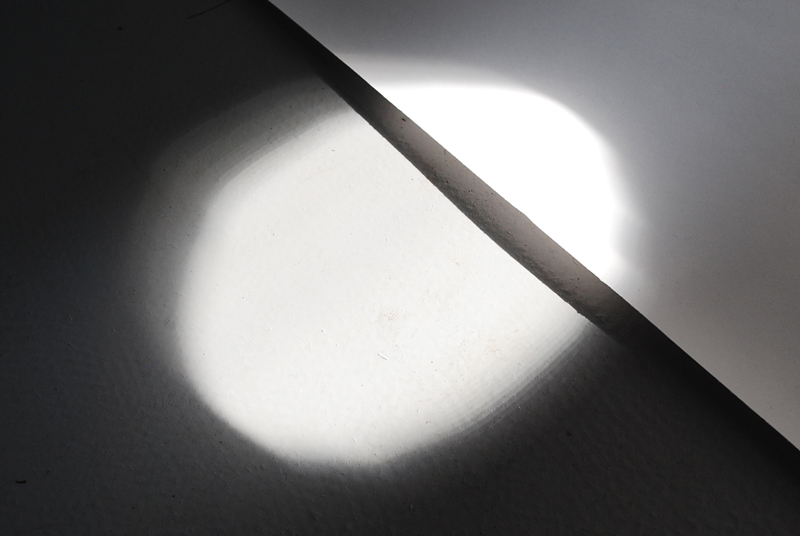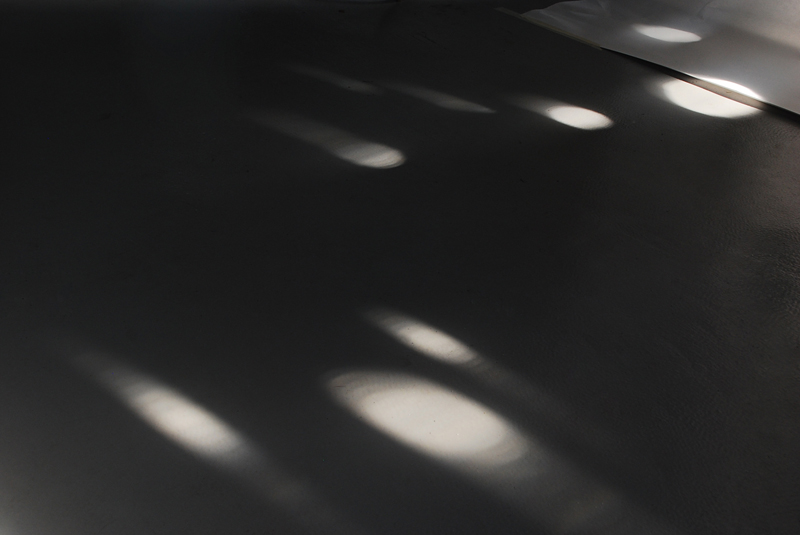I frequently get ideas for projects and piece of art, concepts or images that pop into my head, sometimes inspired by things I’m viewing or reading. I’m not often able to begin work on these ideas straight away, owing to time or financial restraints or other binding conditions, but I try to keep them on the back burner to return to at another time. One of the reasons I chose to study a module in SciArt was that I had ideas for a number of projects which could be realised through this module. Below are my initial thoughts:
The Downs Syndrome Screening Test
My main area of research and practice is learning disabled inclusion in contemporary art, so the current issue of the new Downs Syndrome (DS) screening test is highly relevant to me. My collaborative work is based on the assertion that all people have value and something to say that is worth listening to, and part of my role is to remove the social, attitudinal and structural barriers that prevent full engagement with creativity and cultural life. Recent technological developments have made it easier and safer to test babies in utero for DS, and it is expected that this will lead to a higher rate of DS fetuses being terminated. In Iceland, 100% of DS fetuses have been terminated after the introduction of this screening, a shocking situation. Although I support the right to safe abortion, the idea of families choosing to terminate a planned or otherwise wanted pregnancy because of a positive indication of the baby having DS makes me feel terrible and angry. There is lots for me to work on here in terms of my own motivations and conflictions, as well as the potential to learn about gene codes, the science behind the test, and explore better ways for society to understand DS.
Public Water Treatment
Recently while thinking about water, I started to think about how some city centres have aesthetic features that utilise water, while in other areas of the world water resources are being privatised and safe drinking water is not accessible. I came up with the idea of making a short film of myself drinking the water in these locations. The point was not to shame architects or town planners who use water as an aesthetic feature but to begin a conversation about access to the human right of water by providing a simple but visceral gesture. Water is meant to be drunk, but I anticipated the image of me drinking this water would appear surreal if not disgusting. I only half-seriously considered actually drinking the water, but upon telling my partner this idea he only half-jokingly promised to get me sectioned if I tried it.
Through this module I could consider other ways to execute a project with these aims, that wouldn’t put me in danger of Legionnaires disease. This could include testing the water for bacteria and other contaminants, and researching what could happen if it was ingested by a human. This has the potential to generate test-tubes of water coloured by chemical indicators that could be the starting point of a visual response. As there are also local public health implications, the final presentation of the piece could be participatory, inviting the audience to test tubes of water themselves.
Solar Microbes
This is my newest idea, which means it is the one I am currently most excited by. It allows me to explore 2 areas that fascinate me at once: space and mould. The idea for this project is to attempt to grow mould in Petri-dishes so that it resembles the planets of the solar system. This makes a cheeky nod towards the trope of the school science fair model solar system, but would presumably be much more difficult to execute than painting ping-pong balls and paper mâché-ing balloons. The piece would be making reference to extreme scales – from microscopic organisms to vast planets. Currently I have no idea which foods or bacteria grow into which colours, so this would require extensive testing. I would also need to know which moulds would grow at what rates, in case some colours came in sooner than others and moulding materials needed to be painted/planted at different times. Of course, I would also need to consider the health and safety of myself and anyone who would come into contact with the piece. Given the time frame for the module, it may be more realistic to make one planet (perhaps in a container larger than a Petri-dish) and consider it a test for a longer term project in the future.
Photos: Experiments in light orbs, made during a residency at Yorkshire Art Space, Persistence Works Studios, Sheffield, July 2013, as part of the Artist’s Summer School project from The Poly-Technic.


